
Numbers, Facts and Trends Shaping Your World

Public Anticipates Changes With Trump, Is Split Over Whether They Will Be Good or Bad
Roughly half of Republicans (55%) say GOP congressional leaders do not have an obligation to support Trump’s policies and programs if they disagree with him.
Latest Publications
-
Public Anticipates Changes With Trump but Is Split Over Whether They Will Be Good or Bad
As Trump returns to the White House, Republicans are upbeat about Trump’s actions and agenda, but Democrats find little to like.
Most Popular
Politics & Policy

What the data says about federal workers
As President-elect Donald Trump returns to the White House, here are answers to some common questions about the federal workforce.
Features
Social Media
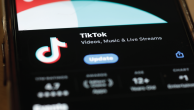
A closer look at Americans’ experiences with news on TikTok
Many TikTok accounts mix in news with a variety of other topics, from celebrity gossip to jokes and memes.

8 facts about Americans and TikTok
Americans increasingly have been turning to TikTok – both in general and for news – even as the app faces an uncertain future in the United States.

Teens, Social Media and Technology 2024
Nearly half of U.S. teens (46%) say they’re on the internet almost constantly. YouTube, TikTok, Instagram and Snapchat remain widely used by teens.

America’s News Influencers
This study explores the makeup of the social media news influencer universe, including who they are, what content they create and who their audiences are.

Social Media Fact Sheet
Today YouTube and Facebook are the most-widely used online platforms. Explore the demographic patterns and trends shaping the social media landscape.
Economy & Work
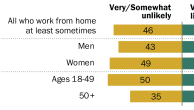
Many remote workers say they’d be likely to leave their job if they could no longer work from home
Among employed adults who have a job that can be done from home, 75% are working remotely at least some of the time.

Economic Inequality Seen as Major Challenge Around the World
Across 36 countries, a median of 54% say the gap between the rich and poor is a very big problem in their nation.

Most Americans Feel Good About Their Job Security but Not Their Pay
U.S. workers feel their jobs are secure and few are seeking a job change. But only half are highly satisfied with their job overall.

Roughly half of Americans are knowledgeable about personal finances
Among U.S. adults who are knowledgeable about personal finances, 49% say they learned a great deal or a fair amount about personal finances from family and friends.
Gender & LGBTQ

Men, Women and Social Connections
While experiences with loneliness don’t differ much by gender, men seem to turn to their networks less often for connection and emotional support.

Views of DEI have become slightly more negative among U.S. workers
About half of workers (52%) now say focusing on increasing DEI at work is mainly a good thing, down from 56% in February 2023.

How Americans See Men and Masculinity
Republican men stand out in views of their own masculinity, the impact of changing gender roles and men’s progress in recent decades.
Our Methods
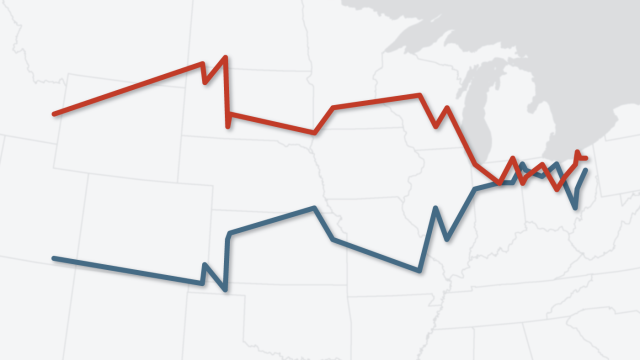
U.S. Surveys
Pew Research Center has deep roots in U.S. public opinion research. Launched as a project focused primarily on U.S. policy and politics in the early 1990s, the Center has grown over time to study a wide range of topics vital to explaining America to itself and to the world.
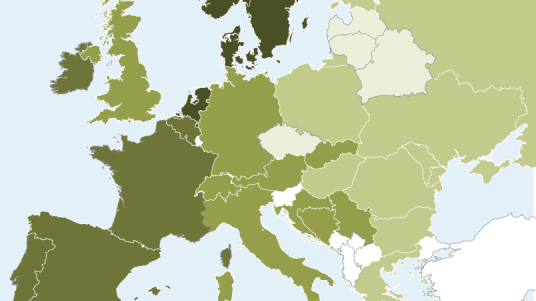
International Surveys
Pew Research Center regularly conducts public opinion surveys in countries outside the United States as part of its ongoing exploration of attitudes, values and behaviors around the globe.
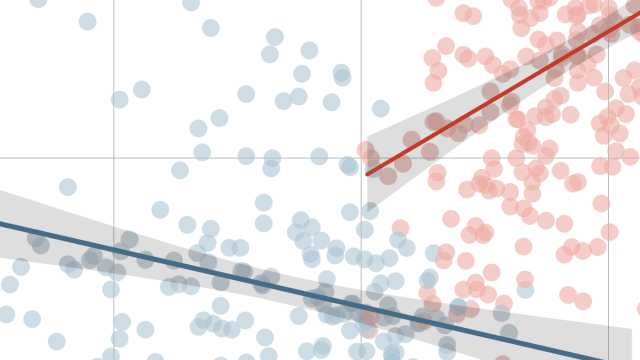
Data Science
Pew Research Center’s Data Labs uses computational methods to complement and expand on the Center’s existing research agenda.
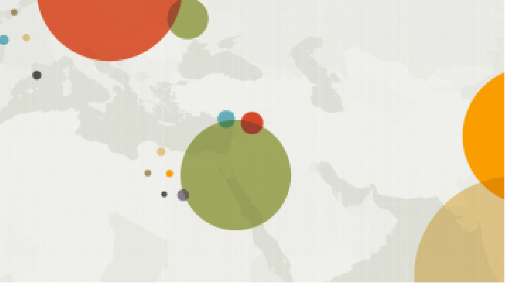
Demographic Research
Pew Research Center tracks social, demographic and economic trends, both domestically and internationally.

Decoded
Pew Research Center tracks social, demographic and economic trends, both domestically and internationally.
Our Experts
“A record 23 million Asian Americans trace their roots to more than 20 countries … and the U.S. Asian population is projected to reach 46 million by 2060.”

Neil G. Ruiz,
Head of New Research Initiatives
Methods 101 Videos

Methods 101: Random Sampling
The first video in Pew Research Center’s Methods 101 series helps explain random sampling – a concept that lies at the heart of all probability-based survey research – and why it’s important.
Signature Reports

America’s News Influencers
Race and LGBTQ Issues in K-12 Schools
Representative Democracy Remains a Popular Ideal, but People Around the World Are Critical of How It’s Working
Americans’ Dismal Views of the Nation’s Politics
Measuring Religion in China
Diverse Cultures and Shared Experiences Shape Asian American Identities
Editor’s Pick

Most Americans continue to say media scrutiny keeps politicians from doing things they shouldn’t
Many Americans perceive a rise in dangerous driving; 78% see cellphone distraction as major problem
60% of Americans say they probably won’t get an updated COVID-19 vaccine
7 facts about Germany’s AfD party
What we know about unauthorized immigrants living in the U.S.
Is College Worth It?
Immigration & Migration

Americans lean toward keeping legal immigration steady, see high-skilled workers as a priority
Trump and Harris Supporters Differ on Mass Deportations but Favor Border Security, High-Skilled Immigration
Most Americans say undocumented immigrants should be able to stay legally under certain conditions
Most U.S. voters say immigrants – no matter their legal status – mostly take jobs citizens don’t want
What the data says about immigrants in the U.S.
International Affairs



















